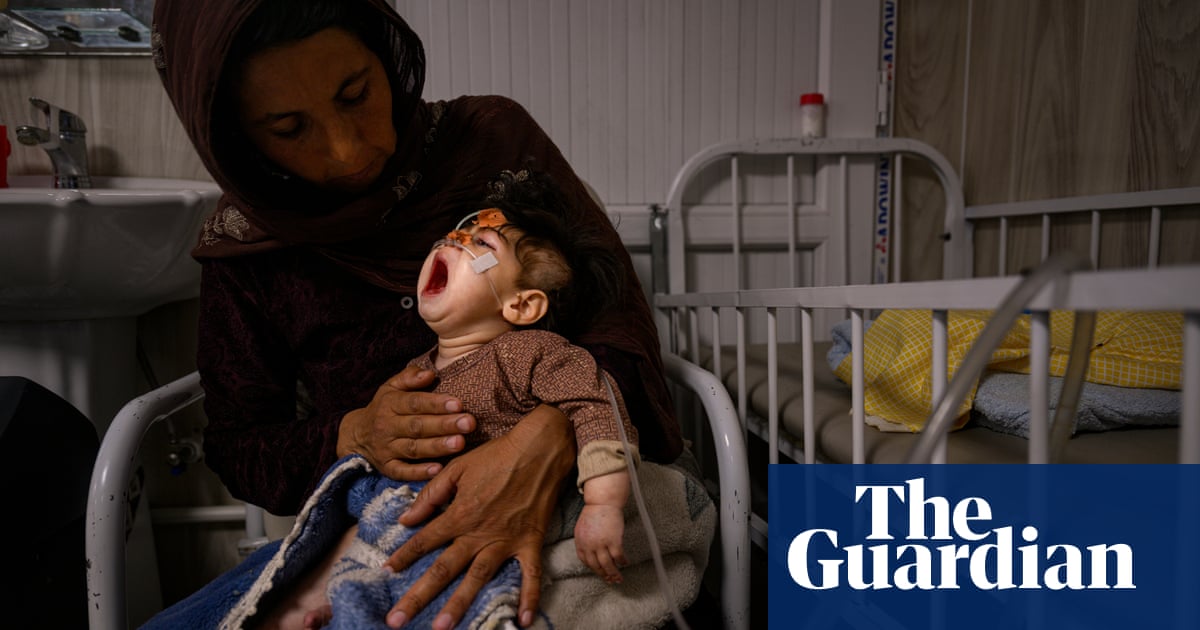Young women in England and Wales are likely to have just one child by the time they are 35, according to groundbreaking analysis of past and projected fertility trends by the Office for National Statistics (ONS).
Girls who turn 18 this year are projected to have an average of one child each by the age of 35 – unlike their mothers’ generation who had an average of one child per woman by the time they reached 31.
Projections from the ONS suggest that the birthrate in England and Wales will continue to drop, with women having smaller families after having babies later in life than previous generations.
Young women turning 18 this year are projected to have most of their children after turning 30 years old, in contrast to previous generations who had had most of their children by that age. Women born in 1978 had about half their children by the age of 30, while their mothers (born in 1951) had had three-quarters of their children. The study found that in 2023 the average age for a woman to have a baby was 30.9.
Figures from the ONS showed that the birthrate in England and Wales had dropped to an all-time low of 1.44 children per woman in 2023, with deaths outstripping births in the UK for the first time in nearly half a century.
There were an estimated 16,300 fewer births than deaths in the UK in the year to mid-2023, the first time this has happened since the “baby bust” of the 1970s, if excess deaths during Covid are stripped out.
The UK is not an outlier: most countries are now below the replacement rate of 2.1 children per woman. A report from the United Nations last year stated that “women today bear one child fewer, on average, than they did around 1990”, and that the world’s population is now expected to peak at about 10.3 billion in the mid-2080s (up from approximately 8.2 billion today) before starting to fall.
Concerns about the falling birthrate in many western countries has become a political flashpoint and spurned a burgeoning movement of pronatalists. Elon Musk has declared that falling birthrates are a bigger risk to civilisation than global heating, while Nigel Farage, suggested the west had “kind of forgotten that what underpins everything is our Judeo-Christian culture” and that “of course, we need higher birthrates”.
Analysis released by the ONS on Wednesday shows that women who turn 18 this year are projected to have an average of 1.52 children during their life, down from an average of 1.95 children for their mothers and 2.04 children for their grandmothers. That figure is likely to continue to fall, according to the ONS, with baby girls born in 2025 projected to have an average of 1.46 children throughout their life.
after newsletter promotion
The first ONS study to combine analysis of past trends with projected fertility patterns predicts a continuation of the trend where there has been a stark drop in birthrates between 1978 and 2007. The organisation says its analysis should be considered a projection, rather than forecasts or predictions, because they are based on a study of past trends.
“The reasons behind when and if women have children are very personal,” said Kerry Gadsdon of the ONS. “This may be driven by a range of factors including financial pressures and the timing of other life events such as partnership formation and moving into your own home generally happening later.”

 22 hours ago
4
22 hours ago
4













































